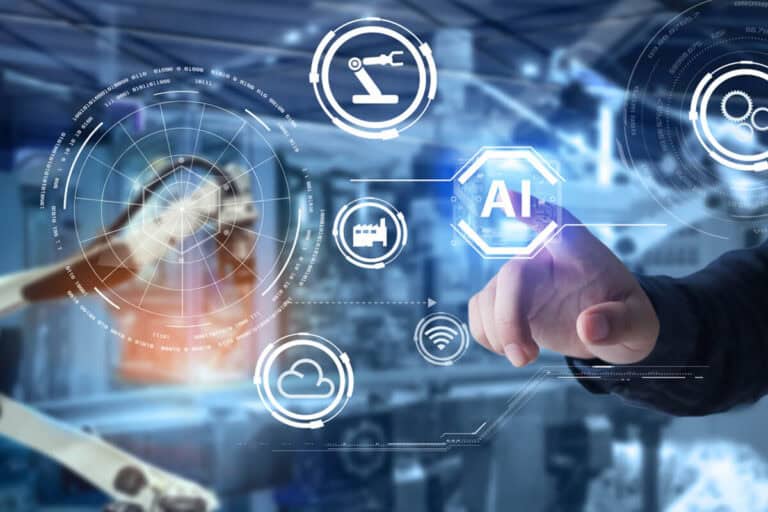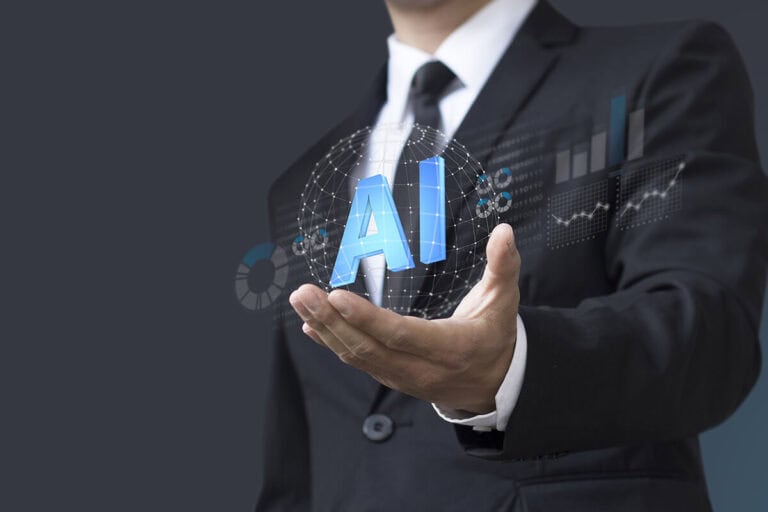Data needs to be processed and refined to be helpful. Vast amounts of data are used daily for machine learning, and businesses spend their time and money to equip people with the right tools and training for data enrichment. This ensures that data can be used for teaching, validating, and tuning Artifical Intelligence models. With technology and AI entering more and more into our lives and creating more extensive amounts of data, the services of AI data labeling companies will continue to have a more significant impact on society.
Table of Contents
ToggleIntroduction to Data Labeling
Data labeling is the process that helps identify raw data like text files, images, videos, audio, etc. and enrich it with informative labels to deliver meaningful context. The process is carried out by humans who review and judge raw data. Labeled data is used for deploying, training, and tuning machine learning and deep learning models. This helps the machine-learning systems recognize and act on patterns it discovers in future data sets. For example, an AI model trained with a specific data set can help businesses predict and identify economic disruptions and prepare more efficiently.
Common Types of Data Labeling
Natural Language Processing (NLP)
Natural Language Processing is the branch of AI that allows machines to read, comprehend and deduce meaning from a language as humans do. It is generally applied to speech recognition, search engines, chatbots, auto-correct, automated translation, etc. NLP can also be used for identifying the intent of a text or classifying proper nouns like people and places to simplify the process of locating relevant files in the future.
NLP drives computer programs that respond to spoken commands, translate text from one language to another, and quickly summarize significant volumes of text. Digital assistants, voice-run GPS systems, customer service chatbots, speech-to-text software, etc., are all driven by NLP.
Computer Vision
As the name signifies, Computer Vision assists computers in seeing the world around them. Systems can derive vital information from digital videos, images, and other visual inputs and take actions based on that information.
Computer vision covers all tasks carried out by biological vision systems, including sensing a visual stimulus, comprehending what is being seen, and drawing out complex information into a format that can be used in other processes. It is a field of AI that stimulates and automates the elements of human vision systems using computers, sensors, and machine learning algorithms.
Audio Processing
Audio processing helps convert sounds of different kinds (music, speech, wildlife noises, etc.) into a structured and usable format for machine learning. The process is similar to NLP as the audio must first be transcribed into text before its labeling. Virtual assistant commands are the most common example of audio processing. For instance, when you ask your phone, “What is the temperature today?” and get the answer, the audio processing of data labeling powers that interaction.
Need for Data Labeling in AI
Machine learning algorithms need quality data for their learning. Based on the training data provided to the algorithms, they develop understanding, find relationships, discover patterns, and make decisions. The quality and quantity of training data determine the success of an algorithm. The machine learning model’s performance is directly proportional to the quality of training data.
However, most data are incomplete or flawed and do not serve AI. To understand this, let’s consider the example of a sparrow. To a machine, the image of a sparrow is merely a series of pixels. Some might be gray, while others are black. However, a machine will not know it is a picture of a sparrow until you apply a label to it that highlights that this specific collection of pixels is a sparrow. When the machine sees sufficient labeled images of a sparrow, it begins recognizing and understanding patterns. If, in the future, it sees a similar grouping of pixels in an unlabeled image. It knows that it is looking at the image of a sparrow.
Today, most machine learning models use supervised learning in which a pre-labeled set of data is used to facilitate the learning of AI and teach machines to make the right decisions. The primary step in the machine learning development process is labeling training data which begins with professionals of AI data labeling companies reviewing and labeling large volumes of unlabeled data.
Facilitating Automatic Data Labeling with AI Integration
Data labeling takes up most of the time as part of the entire product pipeline. In manual data annotation, annotators are provided with raw and unlabeled data like texts, images, and videos. The annotation process requires a lot of effort and resources, making it a tedious procedure. This is where Automatic Data Labeling comes into play. In this process, AI is used to label raw data, which is manually identified and verified.
The identified data is then processed via two courses of action. When data is identified by the AI correctly, it is added to the labeled training data pool. In the event of incorrect identification, the information is used for re-training the AI.
Here are some essential ways in which AI helps with automatic data labeling:
Efficiency
AI helps pre-label data which brings a huge decrease in the rate of errors, a typical instance in manually labeled data. Pre-labeled data is more efficient, and to increase accuracy rates, the labeling workflow incorporates real-time Quality Control and Quality Assurance. AI data annotation assures a company that the data is investigated and screened by the AI itself and there are no chances of errors.
Flexible
Teaching AI the labeling rules to follow can make it quite flexible to work with. You can also teach the AI data attributes, and features, including setting the task flows it needs to follow while labeling essential data. In automated data labeling, the labeling progress of the AI can be easily monitored and reviewed to know the progress.
Cost-effective
Automated data labeling helps save time and money. When a company uses a collaborative team of both human and AI data labelers, the cost incurred is reduced by almost 50% compared to when only human labelers are used.
Access to Purified Data
The data collected anonymously from different websites contains a lot of unimportant information. This data is purified with the help of data labeling tools to increase its business applications. AI in data labeling helps identify the most relevant and valuable data for the company. It can also sort and classify data to develop better marketing strategies.
Availability of the Best Candidates
AI in data labeling is also beneficial when hiring for a job opening. An effectively trained AI will let you know why some of the ads promoted for attracting candidates are not working. You’ll also get to know how the ad text can be rephrased for encouraging applications from a range of job applicants. Automated labeling also helps screen resumes for the important keywords related to the qualifications and skills needed for the job. Compared to the manual reviewing of the resumes, AI data annotation and labeling can flag the applications that are good enough to be considered for further review.
Role of an AI Data Engine in Data Labeling
We know that human labelers, known as annotators, carry out the task of data labeling. Many companies use data labeling outsourcing services to access annotators that are thoroughly trained on the guidelines and specifications of different annotation projects. This ensures that the unique requirements of their team and organization are met.
Once the annotators are trained on labeling or annotating the data for specific cases of videos and images, they start labeling multiple images or videos using open-source labeling tools. Advanced AI teams use a data engine to facilitate an efficient labeling process.
The software designed to have the essential tools for labeling different data modalities is an AI data engine. This software follows an interactive approach to data labeling. AI data engine provides AI teams with the tools to label data in smaller batches. This approach allows AI teams to provide more feedback and supervision at the project’s start, creating more agile processes.
This agile, data-focused approach reduces the amount of training data required depending on the task, which in turn leads to time and cost efficiency during the data labeling process. AI data engines enable this iterative approach to data labeling and include added features for optimizing data labeling projects.
Conclusion
Businesses collect and use a lot of data to promote their services to the right audience. This tremendous amount of information from multiple sources is analyzed and correctly used to drive business growth. AI data annotation and data labeling services have a vast potential to improve the productivity of a business by defining revenue-generating opportunities. AI can revolutionize how trades are done, and





